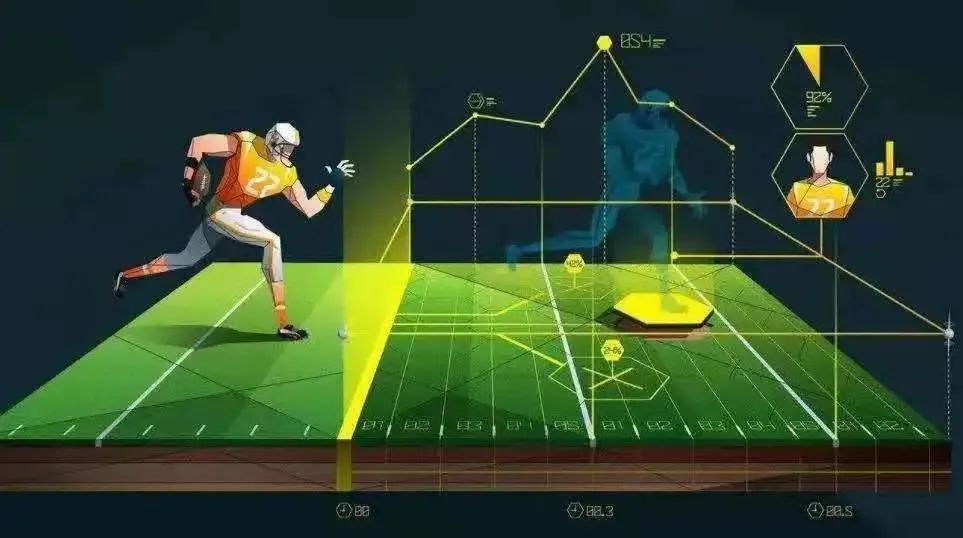Address: Room 1018, Building 2A, Skyworth Innovation Valley, Shiyan Street, Bao'an District, Shenzhen
Hotline:86-755-2735 0181
Address: First Phase Plant ,1# Zhongzhu South Road, Chuangxin Coast, Hi-Tech Area, Zhuhai City
Hotline:86-756-3639 592
On July 21, the National Radio and Television Administration announced the previously issued 4K Ultra High-definition television Technology Application Implementation Guide (2023). The newly revised implementation guide added HDR Vivid and other relevant standards, and also introduced new standards such as AVS3.
According to the description, in recent years, ultra High-definition television technologies such as High dynamic range and 3D sound have further developed, the ultra HD industry has continued to improve and upgrade, and the technical standard system has been constantly improved. The State Administration has organized the research and release of ultra High-definition television technical industry standards such as High dynamic range, 3D sound and video encoding and decoding with China's independent intellectual property rights, further complementing the key technical weaknesses in China's ultra HD field.
In order to speed up the application of new technologies and standards in the field of ultra High-definition television in China to the radio and television and network audio-visual industries in a timely manner, further guide and promote the development of ultra High-definition television technology, and better meet the people's new needs and expectations for a better life, based on the Guidelines for the Implementation of 4K Ultra High-definition television Technology Application (2018 Edition), the implementation requirements of relevant technologies are updated to form this implementation guide.
This implementation guideline applies to 3840 × Adaptation of 4K ultra High-definition television program production, broadcast, coding, transmission system and terminal with 2160 resolution, 50 frame/second frame rate, 10 bit quantization accuracy, BT.2020 color gamut, High dynamic range (HDR).
According to the implementation guide, the 4K ultra High-definition television system includes program production and broadcasting, source coding, network transmission, reception decoding, image display/sound playback and other parts.
In terms of 4K ultra High-definition television network transmission:
1) Transmission using AVS2 standard
If 4K ultra high definition video encoding adopts AVS2 standard, the following network transmission methods can be used:
QPSK modulation mode can be adopted for satellite distribution network transmission, and one channel of 4K ultra High-definition television can be transmitted through 36MHz transponder;
8PSK modulation mode can be used to transmit one 4K ultra High-definition television through 18MHz transmission bandwidth;
The live satellite TV can adopt QPSK modulation mode, and transmit one channel of 4K ultra High-definition television through 36MHz transponder;
DVB-C 64QAM or 256QAM modulation mode can be used for cable TV network transmission, and at least one 4K ultra High-definition television transmission bandwidth can be met within 8MHz of one frequency point;
IPTV network transmission adopts special video network channel to transmit 4K ultra High-definition television program stream, and the compression rate of 1-channel video should not be less than 36Mbps;
Internet TV transmits 4K ultra High-definition television program stream through the public Internet, and the video quality shall be ensured to comply with ITU-R BT.1122-3.
2) Transmission using AVS3 standard
If 4K ultra high definition video encoding adopts the AVS3 standard, the following network transmission methods can be used:
QPSK modulation mode can be adopted for satellite distribution network transmission, and 2-way 4K ultra High-definition television can be transmitted through 36MHz transponder;
8P SK modulation mode can be used to transmit 2-way 4K ultra High-definition television through 18MHz transmission bandwidth;
The live satellite TV can use QPSK modulation mode to transmit 2-way 4K ultra High-definition television through 36MHz transponder;
DVB-C 64 QAM or 256QAM modulation mode can be used for cable TV network transmission, which can at least meet the transmission bandwidth of 2-way 4K ultra High-definition television within 8MHz of one frequency point;
IPTV network transmission adopts special video network channel to transmit 4K ultra High-definition television program stream, and the video quality shall comply with ITU-R BT.1122-3. The compression rate of 1-channel video shall not be less than 18Mbps;
Internet TV transmits 4K ultra High-definition television program stream through the public Internet, and the video quality shall be ensured to comply with ITU-R BT.1122-3.
Source: Daily LED



I consent to receive emails about news, marketing&product updates from Retop in accordance with the Retop Privacy Policy